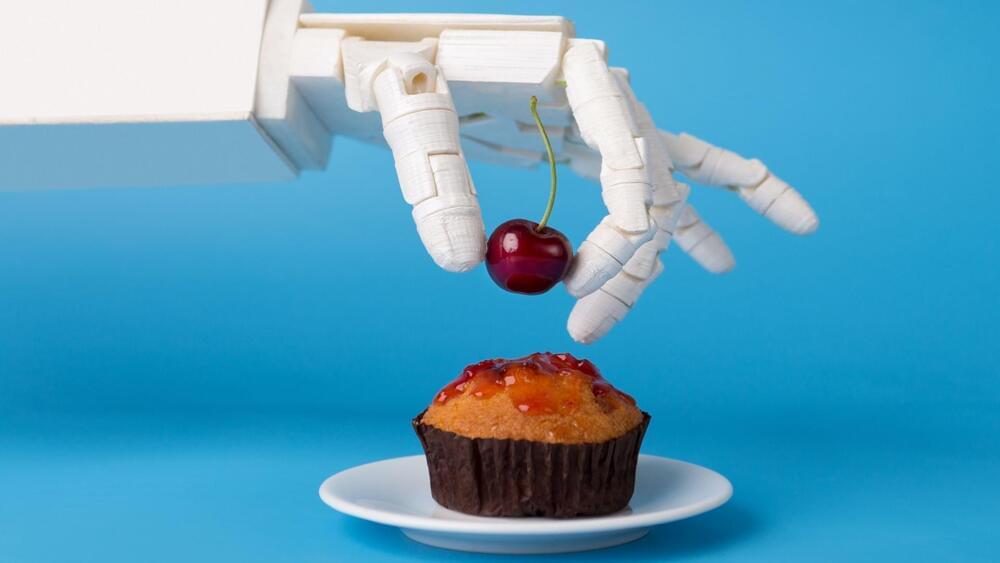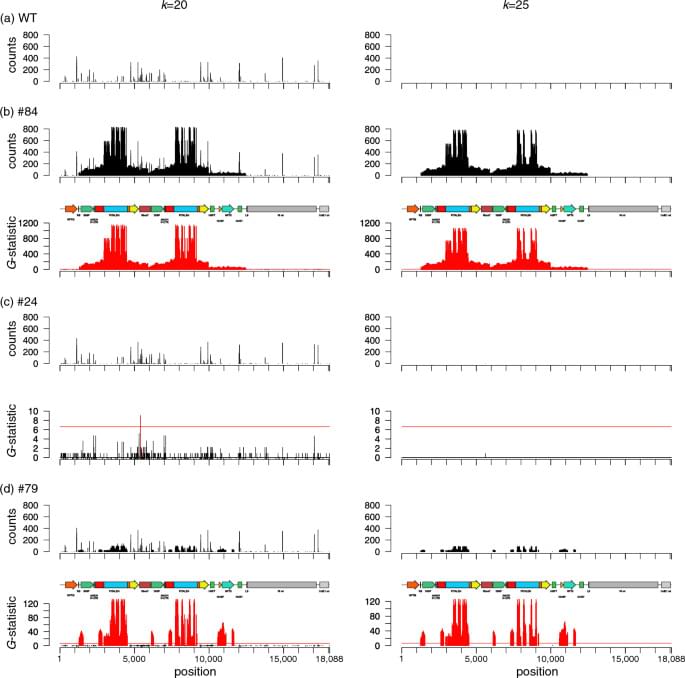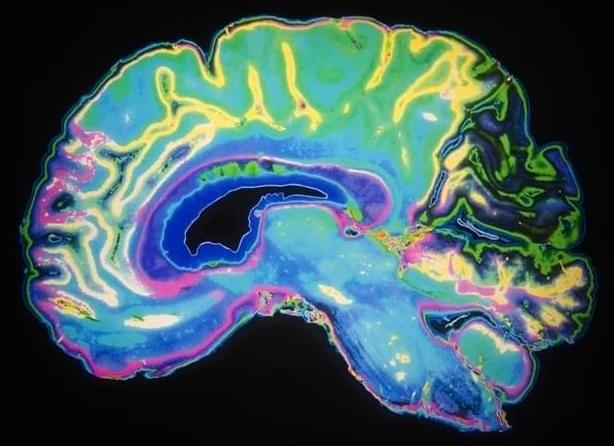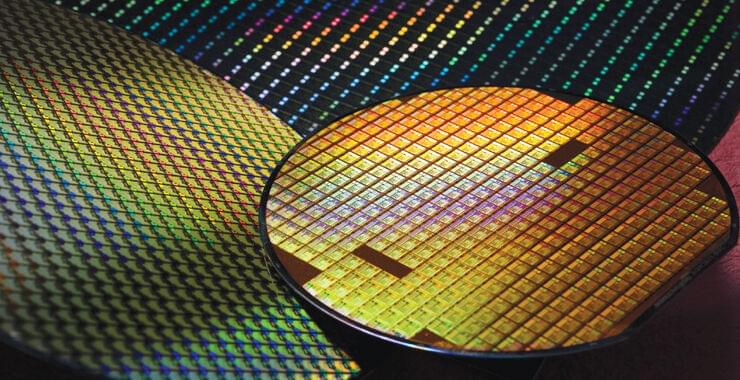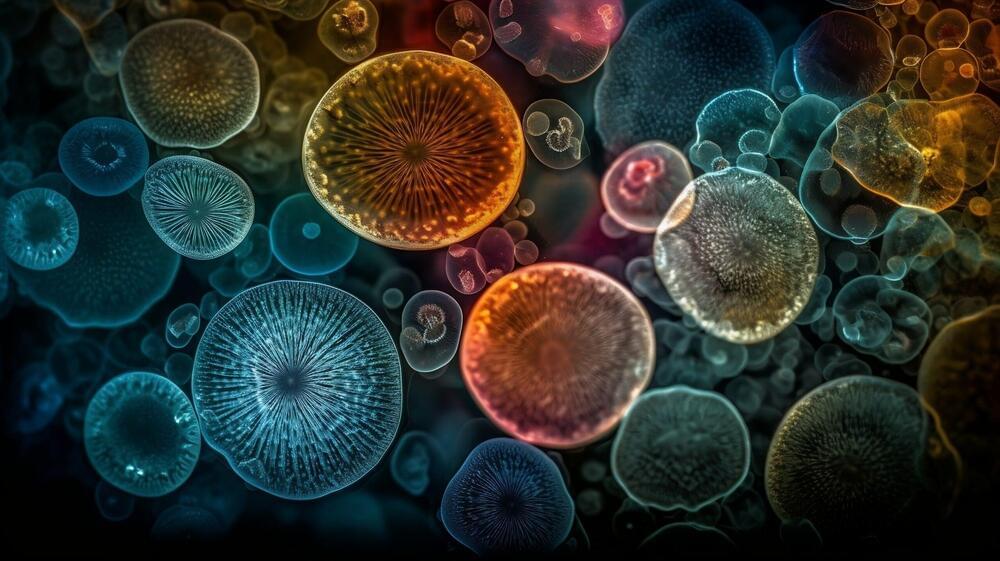Aug 14, 2023
How to Survive a Nuclear War: Study Reveals the Safest Places to Wait Out the Conflict
Posted by Shubham Ghosh Roy in categories: existential risks, food, military
New research indicates that Australia and New Zealand are the two best places on Earth to survive a nuclear war. The recently published set of calculations don’t focus on blast-related deaths or even deaths caused by radiation fall-out, which most estimates say would number in the hundreds of millions, but instead look at how a nuclear winter caused by nuclear bomb explosions would affect food supplies, potentially leading to the starvation of billions.
Nuclear War Simulations Performed For Decades
Since the first atomic bombs were dropped on the Japanese cities of Hiroshima and Nagasaki in 1945, effectively spelling the end of World War II, war game theorists have looked at a myriad of simulations to determine the potential effects of a full-blown nuclear battle. Many simulations look at the potentially hundreds of millions that would likely die in the initial blasts, while others have tried to model the slower but equally as deadly body count from radiation sickness.


